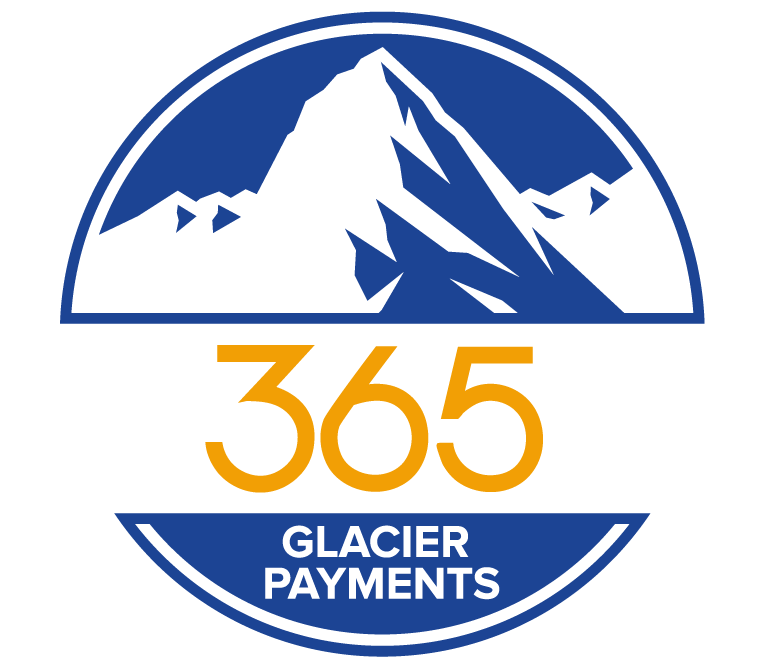Visa Dispute and Fraud Monitoring Programs: What You Need to Know
Most business owners are aware that excessive chargebacks and fraud are frowned upon when running credit card transactions. However, what many business owners may not be aware of is that there are Visa dispute and fraud monitoring programs in place to mitigate risk from organizations that continually present with high levels of chargebacks or fraud. Even though you don’t particularly want your business enrolled in these types of programs, they are designed to put procedures in place to mitigate the root causes of the problems, which may help your business in the long run. Read on to find out how these programs operate and what factors may land you on their enrollment list.
What are Visa Dispute and Fraud Monitoring Programs?
The Visa Dispute Monitoring Program (VDMP) and Visa Fraud Monitoring Program (VFMP) may sound imposing, but they are actually designed to help your business get ahead of the issues that caused you to get placed on these programs in the first place. To ensure its own protection, Visa views the fraud and dispute activity of its merchants on a monthly basis. If the merchant’s threshold is above an acceptable level, Visa contacts the acquiring bank to develop a plan for remediation. The onus is put on both the merchant and the acquiring bank to identify what is causing the primary issue, as well as to develop a mitigation plan as soon as possible.
Threshold Numbers for Enrollment
Upon reading this article, you may immediately wonder if your acquiring bank is going to get a call from the big, bad Visa police on account of your company’s chargeback or fraud rates. Don’t jump to conclusions too quickly. The magic numbers that land you in these programs are the following: Merchants with a dispute ratio exceeding .9% are enrolled in what is known as the “standard” level of the chargeback program. A dispute ratio above 1.8% will land you in the “excessive” level of the program.
You may be thinking “I own a small business and do a minimal number of transactions per month. Two chargebacks are going to land me in the program!” Visa levels the playing field by requiring a minimum number of disputes to get enrolled in the VDMP. You will also get a warning before you are fully enrolled in the program so that you are not caught off guard as to what is coming next. At a dispute ratio of .65% and 75 total disputes, you get your warning signal. Then, if you reach a .9% dispute level with at least 100 total disputes, you are put on the standard program and the ratio of 1.8% with at least 1000 disputes puts you in that excessive threshold category.
For the fraud program, or VFMP, merchants with high rates of fraudulent transactions are incentivized to get their fraud under control. It is advised to be aware that merchants may be assigned liability in disputes related to fraud by Visa. The thresholds of the VFMP match those of the VFMP. Once again, with .9% of your transactions being fraudulent, you are placed on the standard plan and the 1.8% ratio lands you on the excessive plan.
One of the differences in the fraud and chargeback plans is that instead of utilizing the number of fraudulent cases to determine which program the merchant is enrolled in, VFMP utilizes the dollar amount of fraud as the primary variable. The early warning threshold is triggered by a rate of .65% and at least $50,000 in total fraud, while the standard is at the .9% and at least $75,000 in total fraud, and the excessive program requires a 1.8% fraud rate with at least $250,000 in total fraud.
Fines
You may wonder what the penalization for being in these programs is, and what your timeline is for mitigation. As with most compliance breaches, the merchant is expected to hand over what can amount to hefty fines. With both the VDMP and the VFMP, no fines are imposed at the early warning level of the program. After four months in the VDMP standard level program, merchants will be charged $50 per dispute. Once the merchant is enrolled in the excessive chargeback program, these same $50 fines per transaction are applied immediately. For both the VDMP and the VFMP, both the merchant’s acquiring bank and Visa have the option to terminate the merchant’s account after being enrolled in the program for a full year.
During enrollment in the VFMP, fees increase the longer the merchant stays in the program. In the standard program, fines start after the four-month mark at $25,000. At month seven, the non-compliance fee is $50,000, while at 10 months this increases to $75,000. When a merchant is on the VFMP excessive program, the fines are the same at the same periods of time with one exception. The merchant can be charged $10,000 starting the first month of the program.
When Can a Merchant Exit the VFMP and the VDMP?
The thresholds for being released from both the VFMP and VDMP are identical. The merchant must stay below the standard dispute or fraud threshold of .9% for three consecutive months. The good news is that when you work with a reputable payment processor such as 365 Glacier Payments, you will be educated on multiple actions that you can take to mitigate both fraud and chargebacks. 365 Glacier Payments partners with multiple chargeback firms that specialize in analyzing the root causes of your chargebacks and fraud as well as implementing strategies to lower your risk and prevent your organization from becoming enrolled in the VFMP or VDMP.
Bottom Line:
If you have been enrolled in the VFMP and/or the VDMP, 365 Glacier Payments is here to assist. We have over two decades of experience in providing high-risk merchants with chargeback and fraud solutions that enable businesses to mitigate their risk. If you have additional questions or are ready to explore solutions, please schedule an appointment here. If you prefer, you can reach us at 866.857.8766 or email info@365glacierpayments.com. We look forward to hearing from you!






